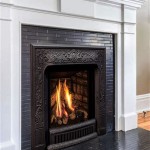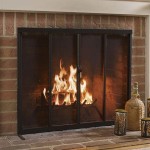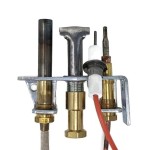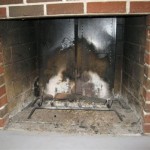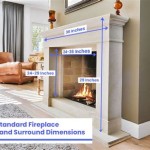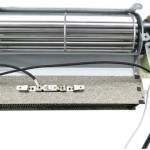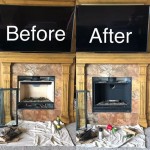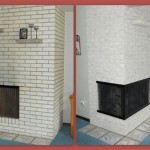Gas Fireplace Components: The Essential Guide
Gas fireplaces are a fantastic addition to any home, providing warmth, ambiance, and style. Understanding the essential components of a gas fireplace is crucial for ensuring its safe and efficient operation. This guide will delve into the key components that make up a gas fireplace, their functions, and any potential issues you may encounter.
Firebox and Burner Assembly
The firebox is the central chamber where the gas burns. It is typically made of durable materials like steel or cast iron and houses the burner assembly. The burner assembly consists of gas jets or tubes that distribute the fuel evenly throughout the firebox, creating the flames that mimic a wood-burning fireplace.
Gas Valve
The gas valve is a crucial safety component that controls the flow of gas to the burner assembly. It is usually located outside the firebox and can be manually or electronically operated. The gas valve regulates the amount of fuel supplied to the burner, ensuring a consistent and controlled burn.
Pilot Light
The pilot light is a small flame that continuously burns to ignite the main burner when needed. It is typically located in the firebox and uses a standing pilot or electronic ignition system. The standing pilot requires a constant gas supply, while the electronic ignition system uses a spark to ignite the pilot as needed.
Electronic Ignition System
The electronic ignition system replaces the pilot light in many modern gas fireplaces. It uses a spark to ignite the gas directly, eliminating the need for a constant gas supply. Electronic ignition systems are more efficient and require less maintenance than standing pilots.
Thermostat
The thermostat monitors the temperature in the room and automatically adjusts the gas flow to maintain the desired warmth. It is usually located in the wall or near the fireplace and can be manual or digital. The thermostat ensures that the fireplace only operates when necessary, saving energy and preventing overheating.
Chimney or Vent
The chimney or vent is an essential component that exhausts the products of combustion from the fireplace. It is typically made of metal or masonry and leads outside the home. Proper venting is crucial to prevent carbon monoxide buildup and ensure the safe and efficient operation of the fireplace.
Understanding Potential Issues
Like any appliance, gas fireplaces can occasionally experience issues. Common problems include:
- Difficulty igniting: Check the pilot light or electronic ignition system, as well as the gas supply.
- Yellow or orange flames: This indicates incomplete combustion, which can be caused by improper gas flow or a clogged burner.
- Sooting: Excessive soot on the fireplace glass or inside the firebox indicates incomplete combustion or improper venting.
- Gas leak: If you smell gas, turn off the fireplace immediately and contact a professional.
Remember, for any issues related to your gas fireplace, it's always advisable to consult a qualified technician. Proper maintenance and regular inspections can help ensure the safety and longevity of your fireplace.

G400 Series G450 G490 Natural Vent Gas Fireplace 114 117 The Cozy Cabin Stove Parts

Unvented Decorative Gas Fireplace Cfpf Cmp The Cozy Cabin Lennox Hearth Parts

Gas Fireplace Natural Bdm35 The Cozy Cabin Lennox Hearth Parts

Napoleon Parts

Gas Fireplace Vermontcastings Parts For Vermont Castings Majestic

G2000 The Cozy Cabin Stove Fireplace Parts

Gbu36 Natural Vent Gas Fireplace 232 234 Vermontcastings Parts For Vermont Castings Majestic

A Plus Inc Superior B800 Replacement Parts And Accessories

Majestic 600dvm Direct Vent Gas Fireplace Series Dvm Ereplacementparts Com

Gst536 See Through Natural Vent Gas Fireplace 274 276 The Cozy Cabin Stove Parts
Related Posts

